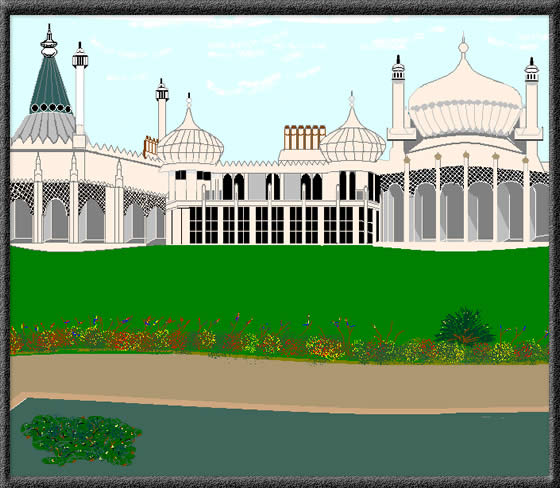
The Old Town of Chester Cheshire
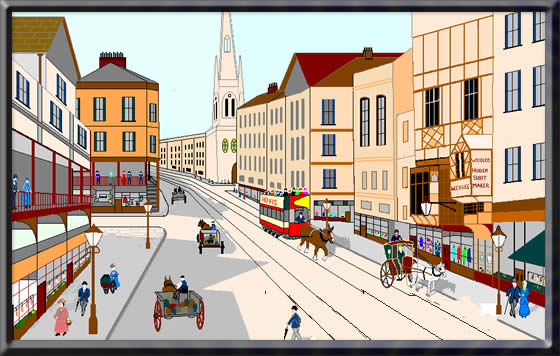
Founded by the Romans over 2000 years ago, much of the Roman influence remains and Chester’s city walls are the most complete in Britain.
The old town of Chester provides a view of the city of Eastgate. It stands on the site of Roman Chester’s east gate. It was rebuilt in 1769, and its clock was added to commemorate Queen Victoria’s Diamond Jubilee in 1897. King Charles Tower in the city wall now houses a Civil war Museum.
One of Chester’s most unique features is the two-tiered rows, of covered walkways and entrances to shops and other premises. The Rows are found in each of the four main streets of the city, nothing precisely similar exists anywhere else in the world.
Mary Arden’s House Wilmcote Warwickshire
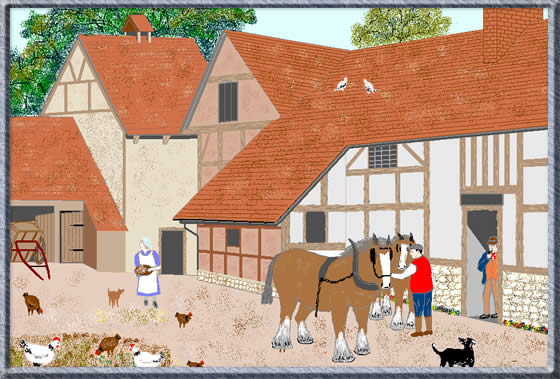
Three and half miles from Stratford upon Avon you’ll find this timbered Tudor house that Shakespeare’s mother, Mary Arden, grew up. She was born about 1540 and lived there until her marriage to John Shakespeare and moving to Henley Street.
This 18th century farmstead in Wilmcote village lies by the Avon on its right bank. It is now owned by the Shakespeare Birthplace Trust and is home to Shakespeare countryside museum, two historic farms, displays of farm implements, daily demonstrations by the Heart of England falconry, a blacksmith’s forge and a duck pond.
Lincoln’s Inn Fields London
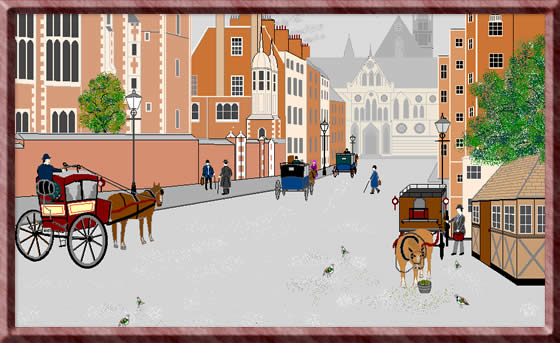
A beautiful square with footpaths and shady trees can be found at Lincoln’s Inn Fields. Terraced rows of 18th and 19th century houses stand to three sides of the square and red brick buildings of Lincoln’s Inn dominate the fourth. The oldest building from this period is Lindsey House, 59-60 Lincoln’s Inn Fields, which was built in 1640.
Llangollen North Wales
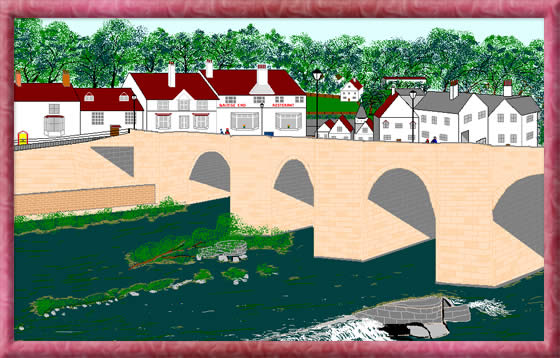 Llangollen has many natural wonders. There are mountains, white water rivers including the spectacular River Dee, waterfalls, canals with horse-drawn boats.
Llangollen has many natural wonders. There are mountains, white water rivers including the spectacular River Dee, waterfalls, canals with horse-drawn boats.
Hoveton Norfolk
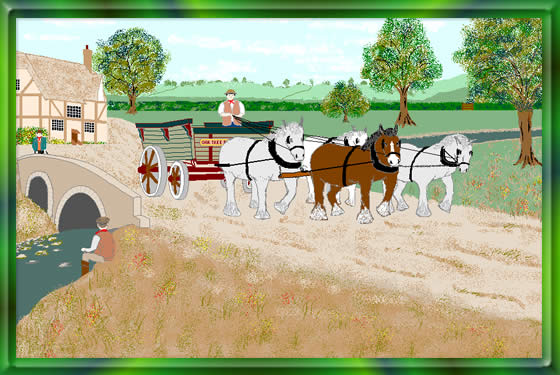
Hoveton is a village situated on the edge of Norfolk. It has two churches, St Peter and St John and is home to Hoveton Hall. This 19th century building although not open to the public has a lovely 15 acre garden which is a popular tourist attraction.
Among the garden area is a walled garden, knot garden, laburnum arch, kitchen garden, clematis walk, woodland walk, and a water garden
Butterwick North Yorkshire
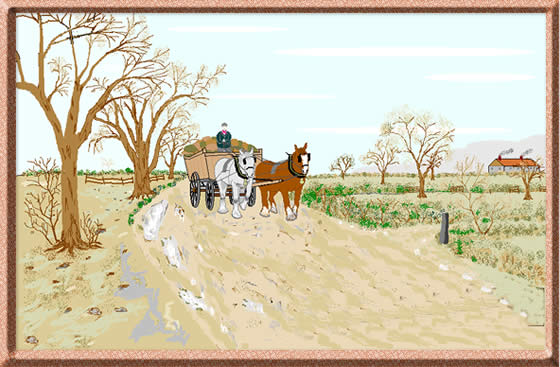
The small rural village of Butterwick is made up of houses, farms with agriculture being the main occupation. It is situated 6 miles from Great Driffield known locally as the capital of the wolds.
This busy market town has a large cattle market and the 500 year old tower of All Saint’s church which stands in the town is visible for miles around.
Blandford Forum Dorset
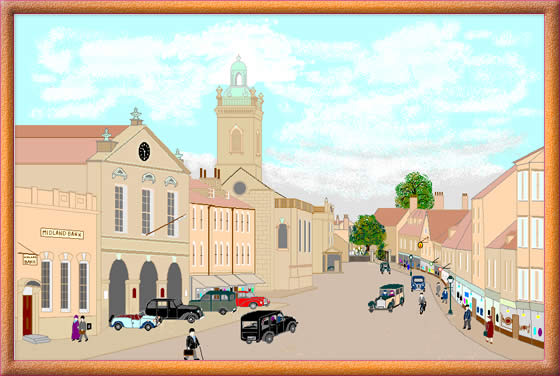 Blandford Forum Dorset is now one of the best preserved Georgian market towns in England. The majority of the buildings in the town centre date back from the period 1735-1760
Blandford Forum Dorset is now one of the best preserved Georgian market towns in England. The majority of the buildings in the town centre date back from the period 1735-1760
The city of Hereford Worcestershire
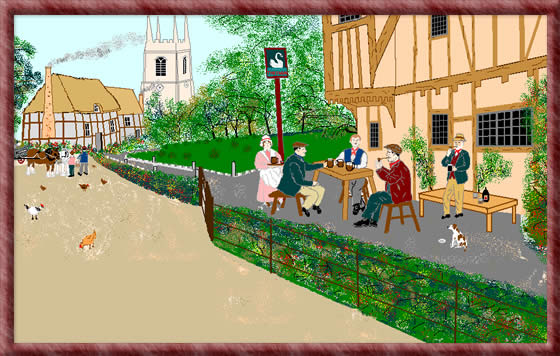
The city of Hereford has a superb 11th century Cathedral and is home to Mappa Mundi world maps dating from the 13th century
Broadway Worcestershire
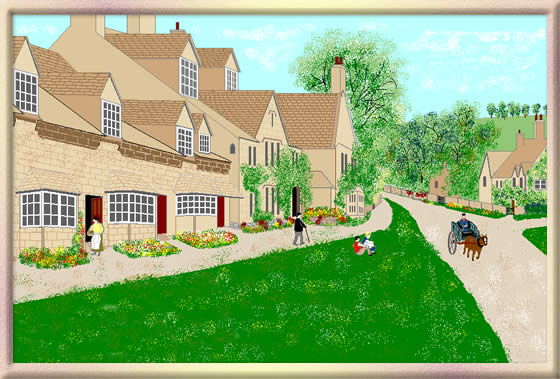
Broadway a village of honey coloured stone, lies at the bottom of a steep escarpment. The street through Broadway was an ancient Ridgeway and the main road from Worcestershire to London. It remains a wide street or ‘broad way’ hence the name.
The village grew up as a stage coach shop and at the centre of Broadway is The Lygon Arms, a traditional inn, rich in history and charm. The Lygon Arms and other inns were there to supply fresh horses for coaches for the long steep haul up the hill.
The Ancient Market Town of Henley-in-Arden
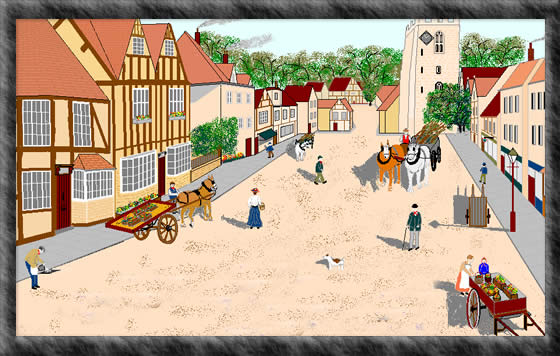
The Tudor village of Henley-in Arden is sited on the river Alne and is surrounded by beautiful undulating countryside. The long winding main street is classified as a conservation area with over 150 buildings.
Many of these well-preserved oak buildings date back from the 15th century, including the Blue Bell Inn and the Guildhall.
St Nicholas Church Dates from the 12th century and is close to the motte and earthworks remains of the Norman castle. Beaudesert Castle stands on a high ridge overlooking Henley-on-Arden, Warwickshire
Bridgnorth Shropshire
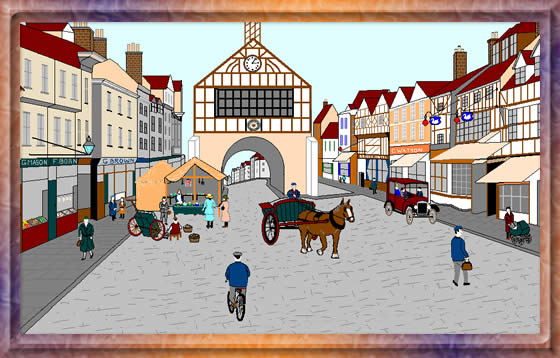
Divided by the River Severn, Bridgnorth is in fact two towns; the Low Town nestles on the banks of the river while the High Town is perched on a 200 foot cliff on the opposite bank.
Peace now reigns in this historic town which was once at the heart of border hostilities between the English and the Welsh. The low town was once a thriving port while the High Town held the castle, churches and many fine 16th and 17th mansions.
Canning Docks on the River Mersey opened in 1737
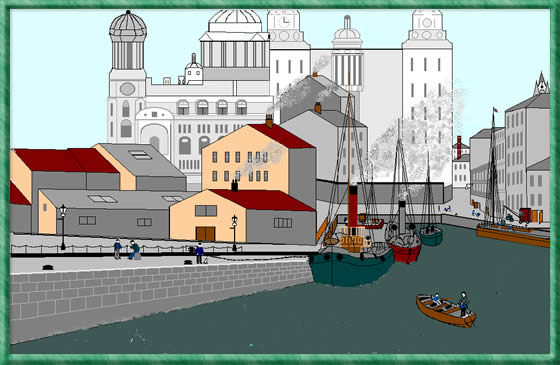 It is estimated that during the period from 1830 to 1930 over nine million people sailed from the great port of Liverpool to begin a new life.
It is estimated that during the period from 1830 to 1930 over nine million people sailed from the great port of Liverpool to begin a new life.
Canning Dock was then the largest emigration port in the world. Most of the people were travelling to North America, Australia and New Zealand – the ‘New World’ to find a better life, many were successful others were less fortunate.
Canning Docks was abandoned in the early 1970’s due to the rising cost of dredging. Today redevelopment has restored the Docks to provide access to the Canning Graving Docks, part of the Merseyside Maritime Museum.
The Bull Ring Birmingham
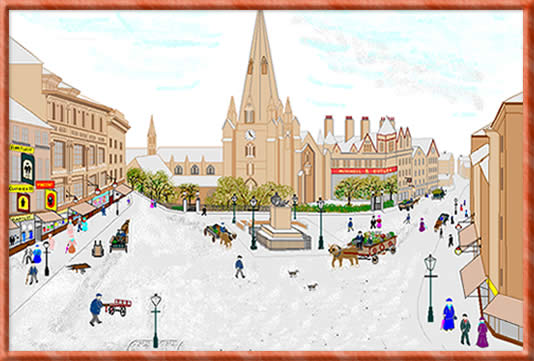
Birmingham was first given the right to hold a market in 1166. From that date market traders have gathered in the shadow of the Parish church of St. Martins in what became known as the Bull Ring
From 1809 the Bull Ring was to be made more distinctive by the first statue of Lord Nelson to be put up in Britain.
By the 1830’s a magnificent market hall overlooked the barrow boys and market traders.
Criccieth Castle North Wales
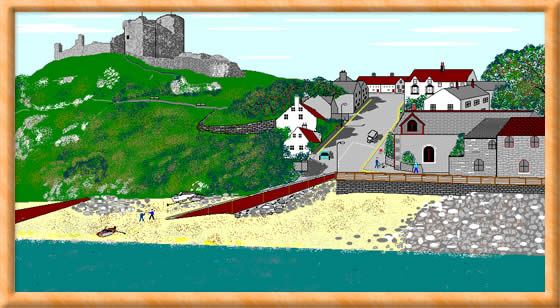
Situated on the rocky peninsular this majestic sight juts proudly out into Tremadog Bay.
Construction on Criccieth castle began in the early 13th century today its romantic ruins is a landmark historic site.
Because of Criccieth strategic location its history is deeply entwined in the medieval conflict between Wales and England. The castle is still dominated by the twin-towered gatehouse built by Prince Llywelyn ab Iorwerth (‘the Great’).
- « Previous Page
- 1
- …
- 6
- 7
- 8
- 9
- Next Page »